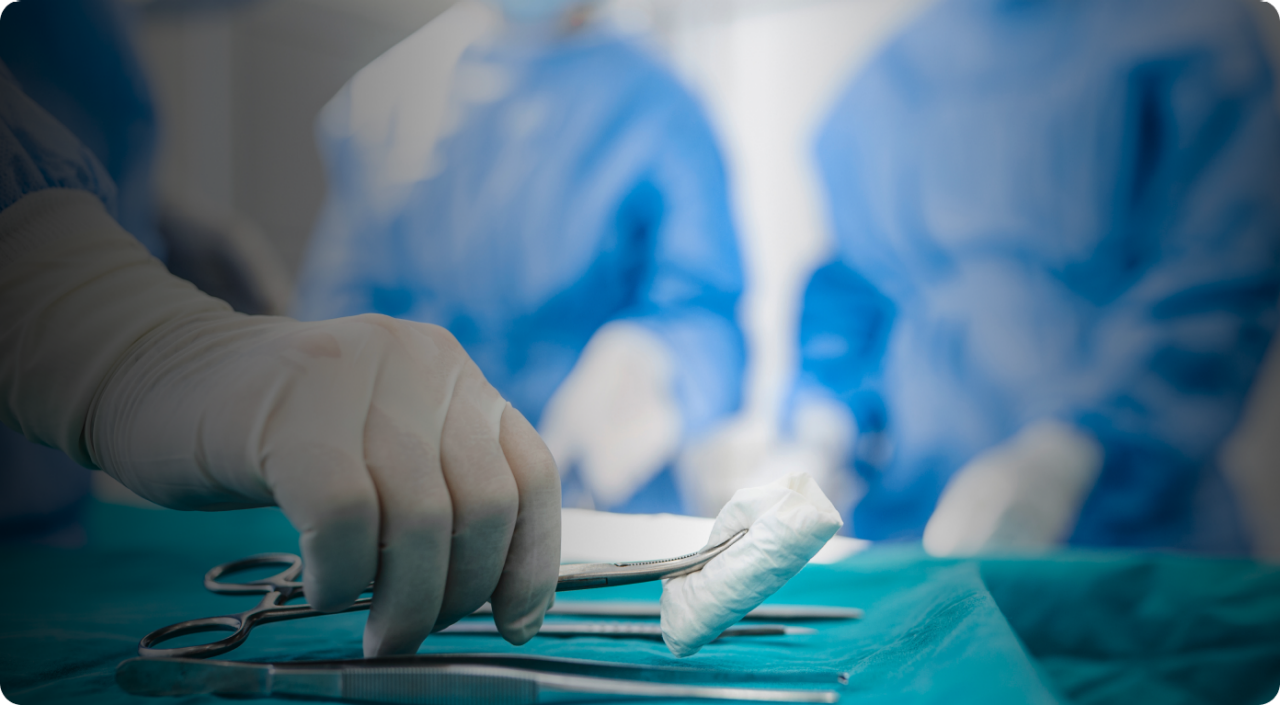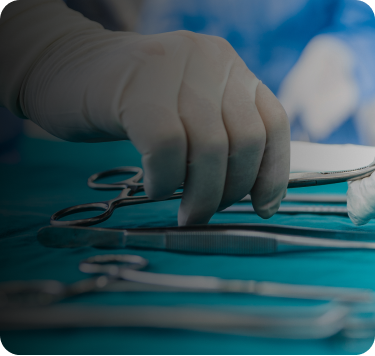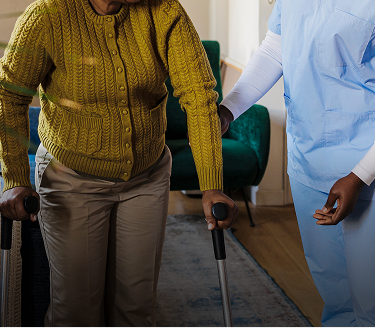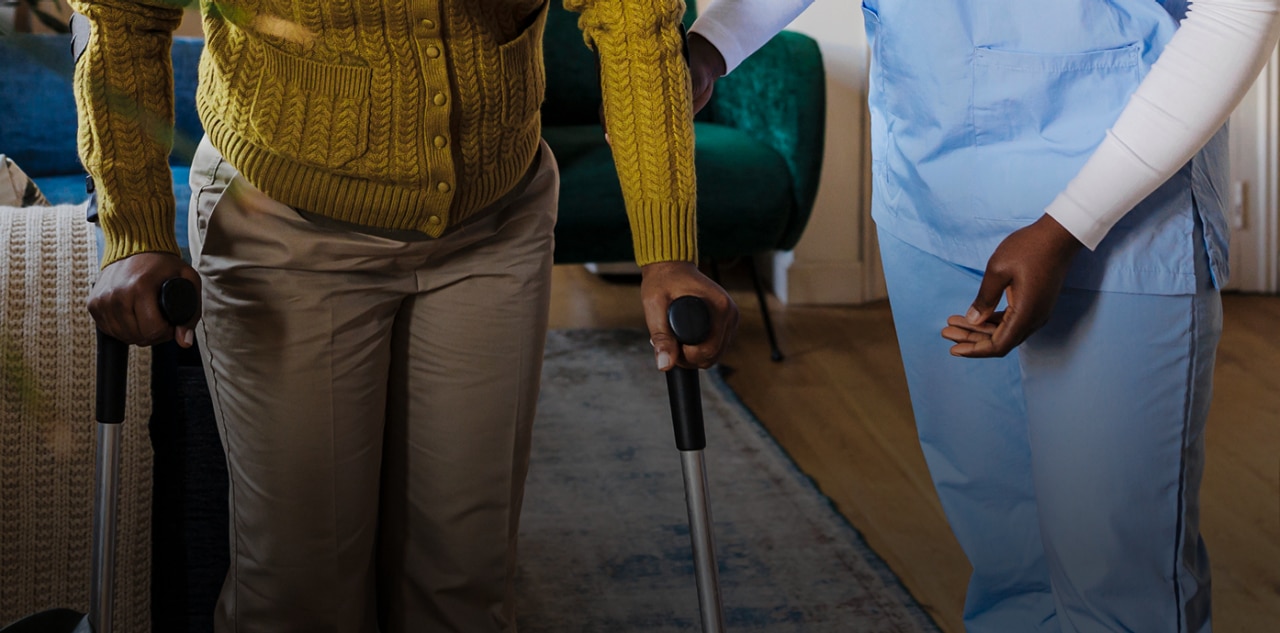Surgery
The Day of Surgery
You've been checked in, prepped, and you've started counting backwards from 100
What happens now? Well, this is where the science (and magic) happens.

“You can do this. You’re going to crush it!”
Zimmer Biomet Chief Movement Officer


A real Personalized Knee® experience

An overview of total knee replacement (TKR) surgery
Actor portrayal

How a knee replacement is performed: step by step
Don’t worry—you may not be “present” for this part.
Calibrate the ROSA® Knee system:
The ROSA Knee system is carefully set up before and during surgery to help your surgeon place your knee implant with greater precision. It uses a personalized plan and real-time data to make sure everything is aligned just right.
Prepare the bone and place the implant:
The surgeon removes damaged cartilage and a small amount of bone, then replaces them with metal components that recreate the joint surface—which may be secured with or without bone cement depending on your surgeon's plan.
Resurface the kneecap and insert a bearing:
If needed, the surgeon resurfaces the underside of the kneecap with a plastic button and places a medical-grade plastic bearing between metal components to create a smooth gliding surface.
Job well done:
The surgeon high fives the ROSA robot (we can’t confirm this happens, but it’s fun to imagine).


Immediately after surgery
Actor portrayal
Following surgery there are a few things you can do to ease yourself into recovery
Managing pain
Some pain is normal during healing, but your care team will work to keep you comfortable. You may be given over-the-counter medications, prescribed pain relief medications, or a numbing medication. Your doctor may also use a nerve-numbing injection to ease discomfort.
Proper circulation
To support blood flow and reduce swelling, your doctor may recommend compression gear, blood thinners, or foot and ankle exercises. Keeping your legs moving is key to recovery.
Moving the joint
Many patients start gentle knee exercises just hours after surgery. A physical therapist will guide you in building strength and movement to help you get back to daily activities.
Preventing pneumonia
Spending extra time in bed after surgery can affect your breathing, but regular deep breaths—or using a spirometer—can help keep your lungs clear.
